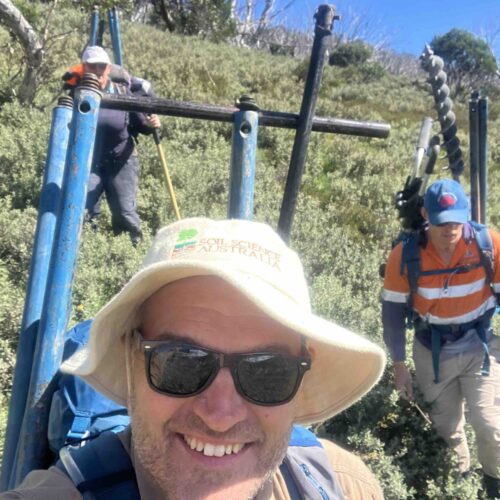Old broadcast media goes mostly in one direction. Out from the radio station or TV tower, conceptually downhill and the reception gets worse on the fringes. By contrast the Internet is based on interconnected loops, links and circles.
With access to high information-flow a person can search for, find watch and learn a highly skilled expert specialist demonstrating and explaining a skill. A skill that is relevant to them. If the information-flow is high enough (broadband), the specialist can supervise their student’s practice in real-time.
For example one can learn a particular jazz guitar chord, an unusual quilting stitch or how to change a split-rim tyre. These skills can be practiced and refined in a unique Australian setting, with all its dust, difficulties and distance, then notes sent back into the loop as simple comments, or an entirely new demonstration.
For regional communities, high information-flow is very good news indeed. High information-flow connectivity enables remote and regional communities to play on a level field. Regional communities can access the same quality of information as the rest of Australia and crucially, be in the loop. Regional and remote communities will be engaged to contribute, speak and share the innovations and insights that spring up from civic participation, free speech, democracy and empowered voices.










Leave a Comment